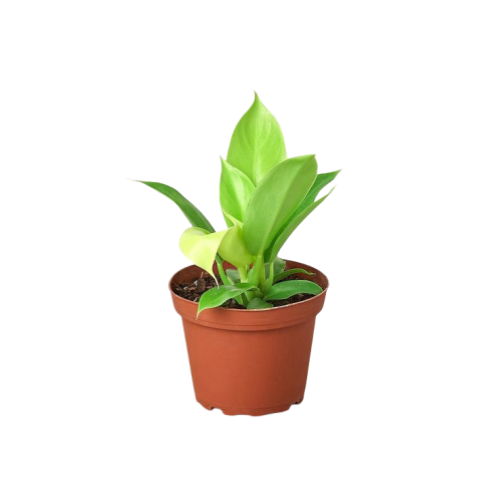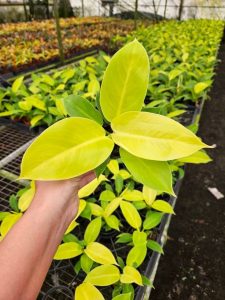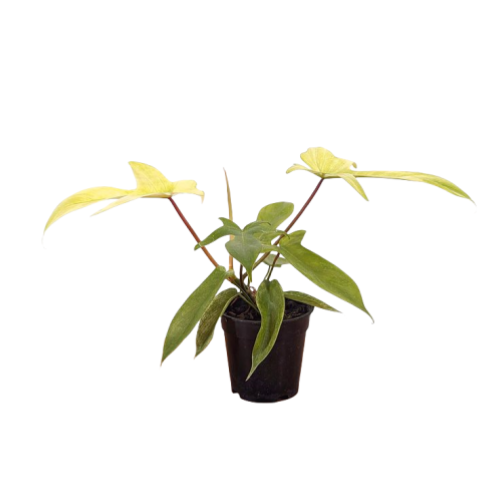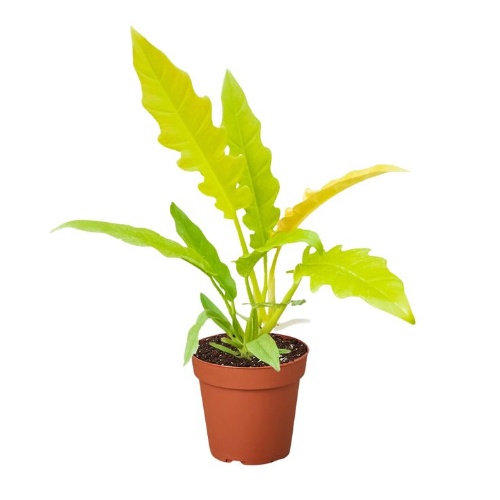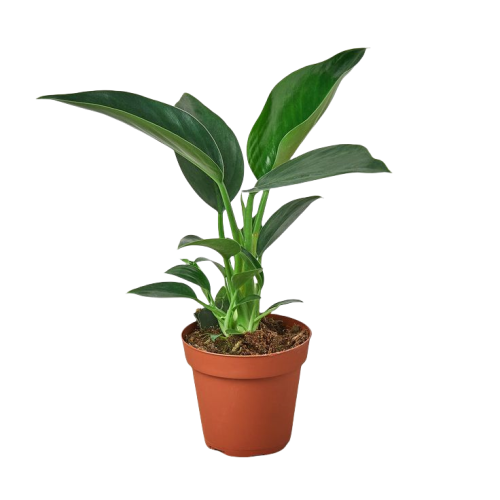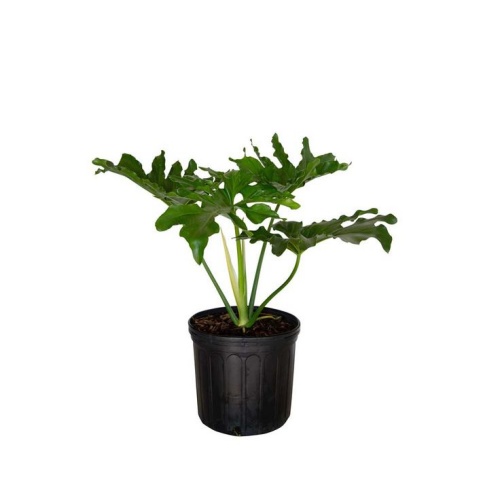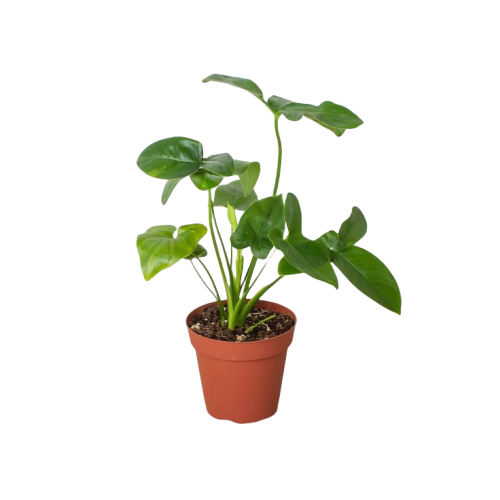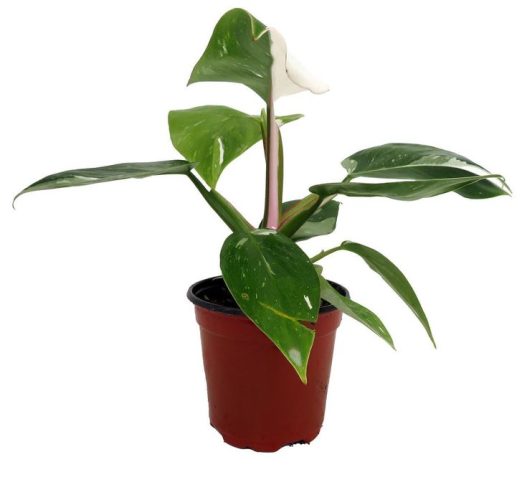What’s the best soil for Philodendron Moonlight
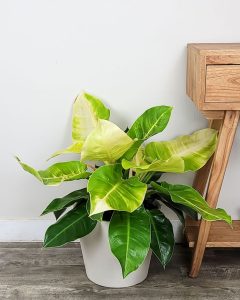
Philodendron Moonlight
Mastering Moonlight: Triumph Over Trials with Philodendron Moonlight
-
Slow Growth: If your Philodendron Moonlight’s growth rate declines and leaves appear smaller, it could be due to insufficient fertilization or inadequate light. To address this, increase fertilization or move the plant to a location with more bright, indirect light.
-
Leaf Deformation: Young leaves of Philodendron Moonlight may appear deformed but often recover on their own. If leaves look abnormal, it might be time to repot. Check for root-bound conditions and repot into fresh soil if necessary.
-
Pests and Diseases: Philodendron Moonlight can occasionally suffer from pests like mealybugs, spider mites, aphids, and scale insects. Regularly clean the leaves with a damp cloth to prevent most pests. For persistent infestations, use isopropyl alcohol or biological pesticides.
-
Root Rot: Overwatering or poor soil drainage can lead to root rot. If you notice black, slimy roots, wilted leaves, or a swampy odor, take action. Remove the plant, trim affected roots, and repot in fresh, well-draining soil.
-
Mosaic Virus: This can cause yellow streaks on leaves, leading to distortion. There is no cure for mosaic virus, but removing affected leaves can prevent spread.
-
Yellowing Leaves: Overwatering or insufficient light can cause leaves to yellow. Adjust your watering schedule and ensure the plant receives adequate indirect light.
-
Leaf Drooping: This can indicate both underwatering and overwatering. Check soil moisture and adjust watering accordingly.
-
Leaf Curling: This may be due to over- or under-watering. Adjust your watering schedule based on soil moisture levels.





